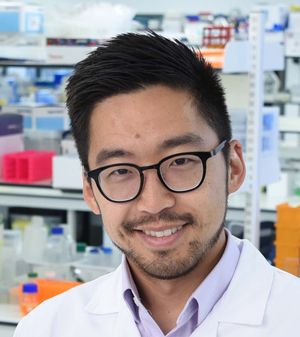We caught up with Cinzia Silvestri in Delft in the Netherlands, where she and her colleagues in Bi/ond (pronounced “beyond”) work on cutting edge research at the intersection of biology and engineering. The microchips built by Bi/ond recreate key aspects of human organs, such as the beating
of a heart. Cinzia and her team are based at the Yes! Delft start-up incubator at the southern end of the TU Delft campus.
Tell us a little bit about your background.
My background is in engineering and micro-electronics. After completing my PhD I worked as a postdoctoral researcher here at the Technical University of Delft.
Among all the scientific innovations that have worked on, is there one which you are particularly proud of?
I am very proud of our organ on a chip. (An organ-on-a-chip is a small device lined with living human cells for drug development, disease modelling, and personalised medicine. The microenvironment of the chip
simulates the cells that are being studied.) It is a bit like the digital twin in real estate - that is, a digital representation of a physical asset,
process, or system that allows for predictive modelling and proactive adjustments.
How can the physical/built environment encourage better innovation among scientists and engineers?
Read the full story
Sign up
now to read the full story and get access to all posts for
paying subscribers only.
Subscribe




